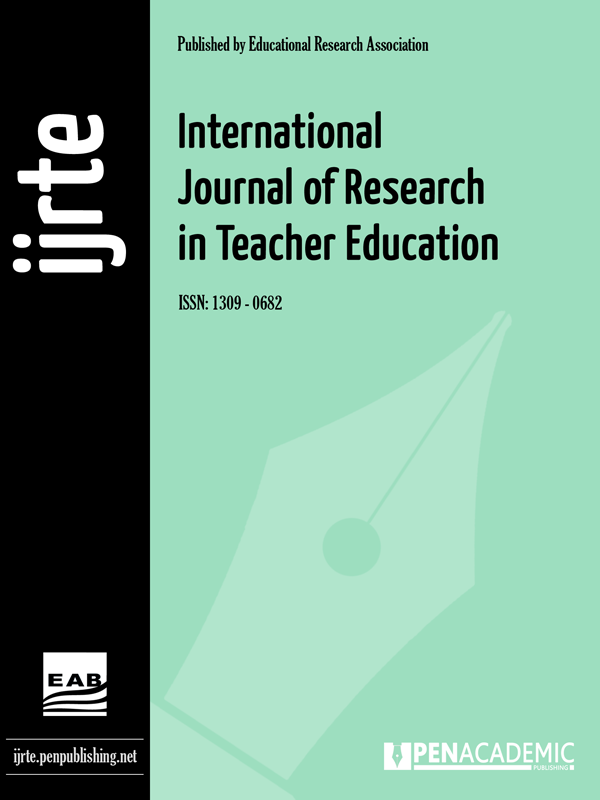Original article | International Journal of Research in Teacher Education 2010, Vol. 1(1) 2-11
Goal Structures: Learning Together and Alone
Feryal ÇUBUKÇU
pp. 2 - 11 | Manu. Number: ijrte.2010.001
Published online: January 01, 2010 | Number of Views: 175 | Number of Download: 698
Abstract
: In each classroom, it is possible to find students who prefer engaging in win-lose struggle to see who is best in completing the assignment, working independently to complete the assignment, working together in small groups, helping the others achieve the task and learn better. Students’ learning goals are structured to promote cooperative, competitive or individualistic efforts. Each student has a different preference when it comes to the goal structure. In this study conducted with 92 teacher trainees at the English language Teaching Department during the fall academic term 2008-2009, the aim is to highlight the characteristics of each goal structure and to show that in the class dynamics it is possible to find that different groups prefer different goal structures and even the same individual may prefer using the different structures and not employing only one type of social interdependence. For this purpose a semi structured interview was conducted and students gave different answers and expressed their preferences for the learning styles and did not show a predominant choice on one style only.
Keywords: goal structures, cooperative learning, competitive learning, teacher trainees
| How to Cite this Article? |
|---|
|
APA 6th edition Harvard Chicago 16th edition |


